In an era where architectural firms are increasingly pressured to deliver projects faster, more accurately, and with higher quality, the strategic use of technology has become indispensable. 3D architectural rendering, a crucial component of the modern architectural process, offers detailed previews of architectural designs, enhancing decision-making and client satisfaction. However, the specialized skills, software, and hardware required for high-quality 3D rendering often go beyond the capacity or financial strategy of many firms, particularly smaller ones or those experiencing rapid growth.
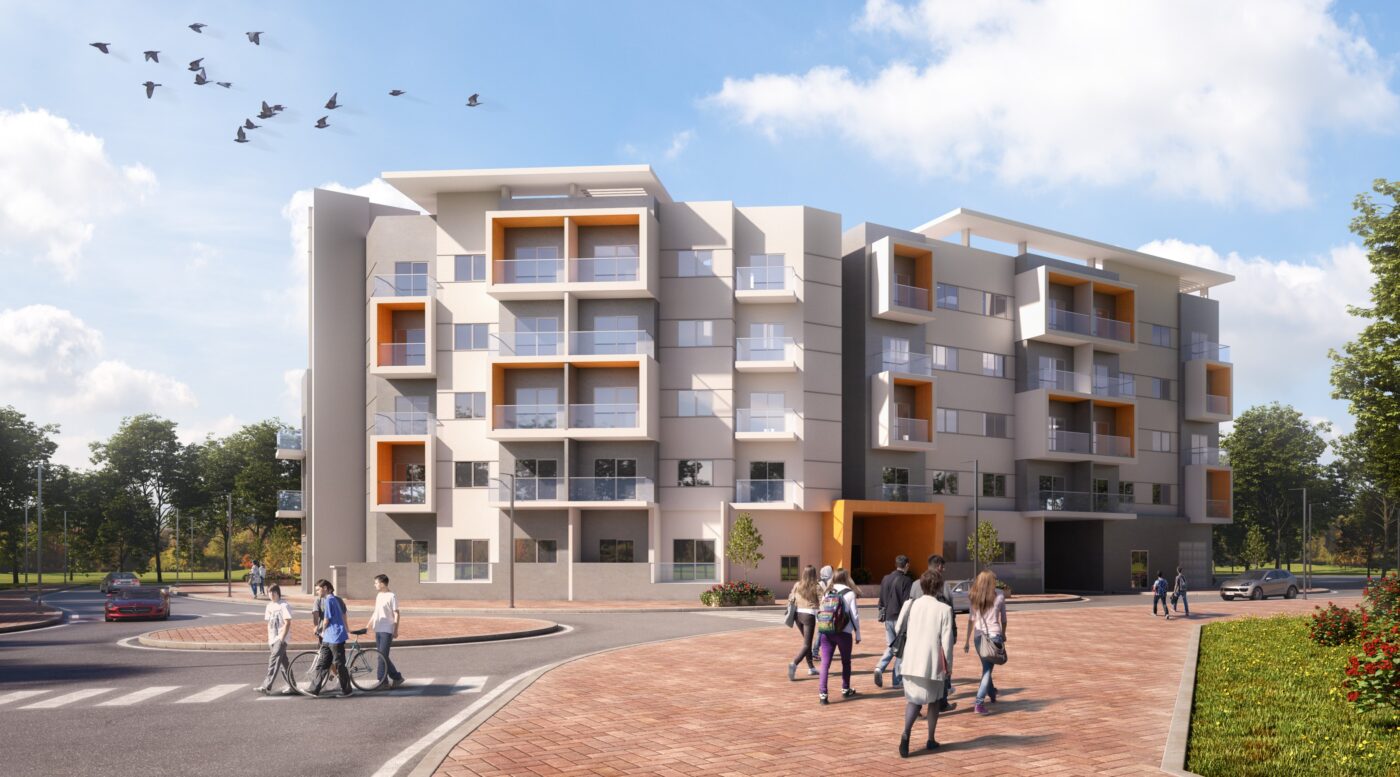
Outsourcing 3D architectural services emerges as a powerful solution to these challenges, allowing firms to access a global pool of talent and technological resources without the need for significant internal investment. This approach not only alleviates the burden on in-house resources but also enhances a firm’s flexibility and responsiveness to market demands. By delegating rendering tasks to external experts, firms can focus on their core architectural and design competencies, secure in the knowledge that their rendering needs are being met with the highest standards of quality and innovation.
Moreover, outsourcing enables architectural firms to adjust quickly to changes in workload and project demands, providing a scalable solution that can be tailored to specific project needs. This adaptability is particularly valuable in the fluctuating economic landscapes and diverse client requirements that typify the architecture industry today. Whether dealing with unexpected project complexities, managing peak loads, or striving to reduce operational costs, outsourcing 3D services offers a pathway to greater efficiency and strategic advantage.
As we explore the various scenarios where outsourcing 3D architectural services can be particularly beneficial, it becomes clear that this approach is not just a temporary fix but a long-term strategic decision that can significantly influence the success and growth of architectural practices.
Below are expanded insights into five key scenarios where outsourcing these services offers significant benefits:
1. High Demand Periods
Table of Contents

During peak periods, such as commercial proposal seasons or when multiple client projects converge, the workload can exceed the capacity of an in-house team. Outsourcing 3D rendering during these times ensures that no project suffers from a lack of attention or quality. It allows for the maintenance of high standards across all outputs, managing client expectations effectively. Moreover, using an outsourced team can help avoid the burnout of in-house staff, who might otherwise be overloaded with urgent deadlines. This strategy ensures sustainability in workflow and employee satisfaction, which are crucial for long-term success.
2. Complex Projects Requiring Specialized Skills
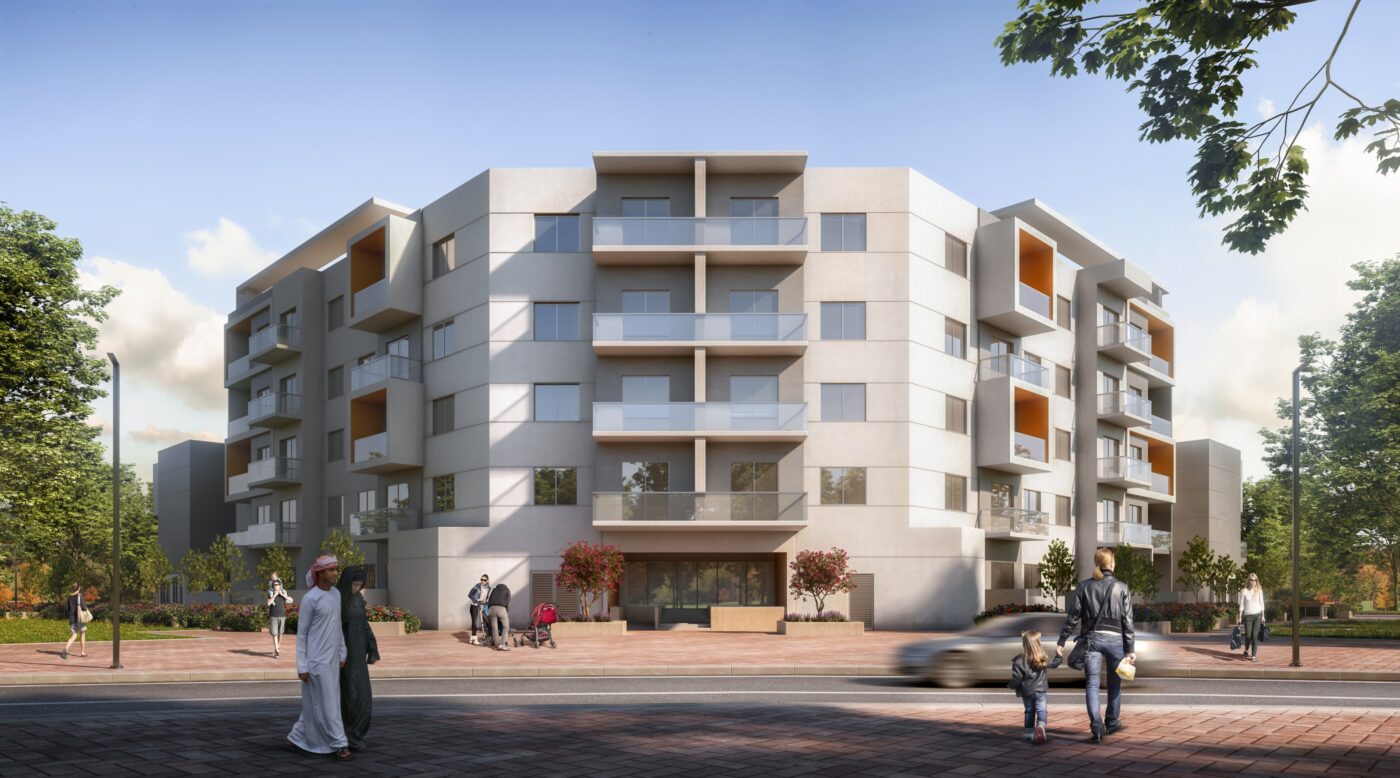
Architectural projects often involve unique challenges that require specific 3D rendering skills, such as creating detailed environmental impacts or integrating new building designs into existing urban landscapes. Outsourcing to specialists who possess these niche skills can significantly enhance the project’s visual materials. These experts bring a level of precision and innovation that might not be feasible in-house without significant investment in training and technology updates. Furthermore, by collaborating with professionals who constantly work on diverse projects, architects gain insights into new techniques and approaches that keep their offerings at the industry’s cutting edge.
3. Cost Reduction
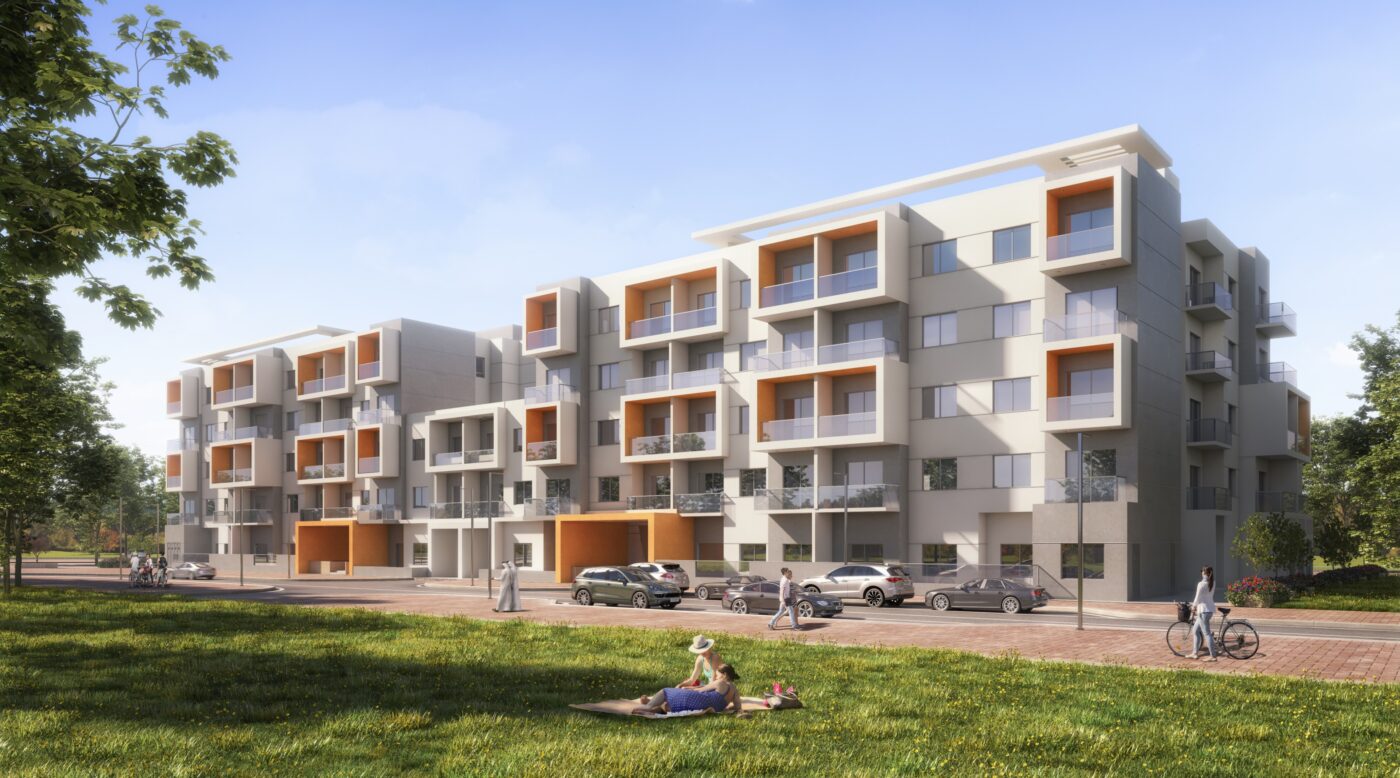
Managing costs is essential for any business, and architectural firms are no exception. Outsourcing 3D rendering can be a cost-effective solution, particularly for smaller firms or projects with limited budgets. It eliminates the need for continuous investment in expensive software and hardware, reduces the need for specialized staff recruitment, and cuts down on training expenditures. These savings can be redirected towards other critical areas such as business development, research, and design innovation. Additionally, outsourcing as a variable cost provides better control over the budget, allowing firms to adjust expenses based on project flow and market conditions.
4. Fast Turnaround Times
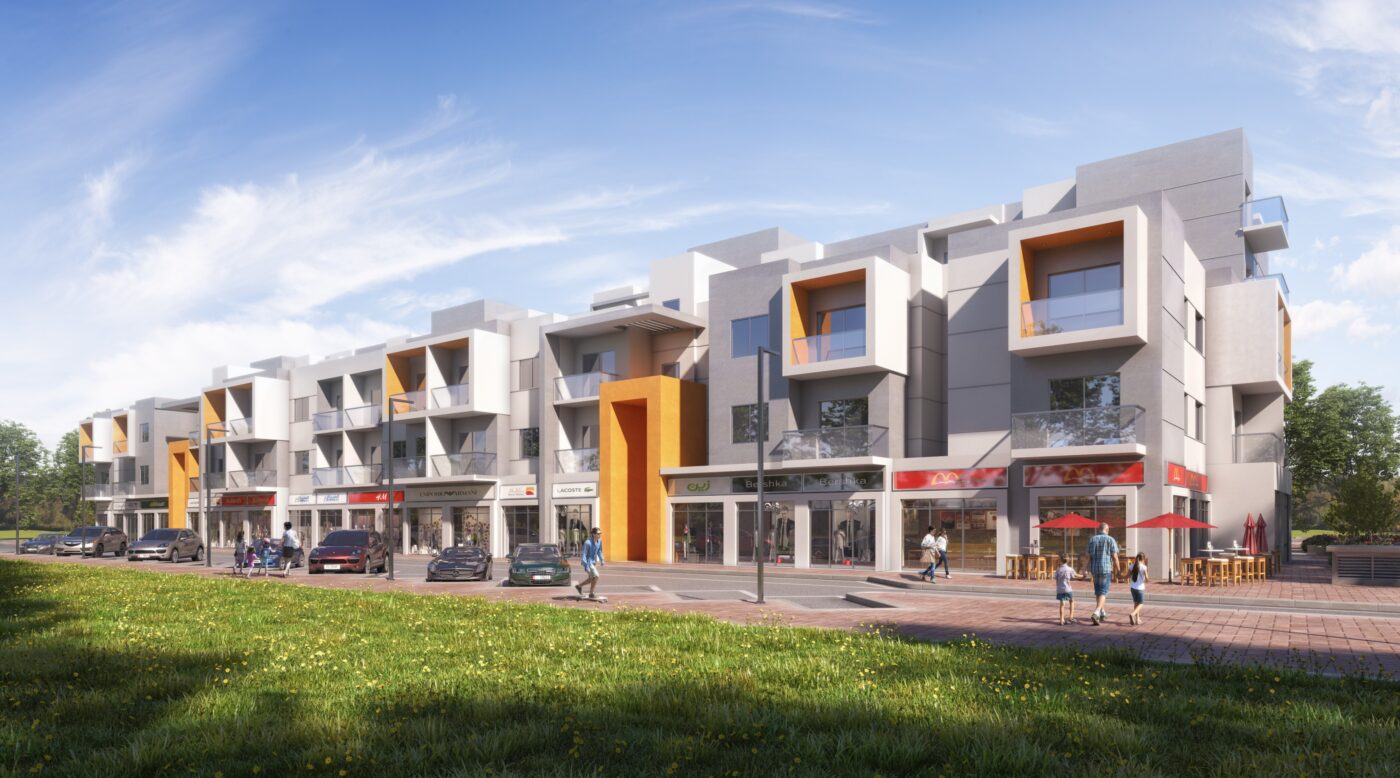
Speed is often a competitive advantage in the architectural field. Outsourcing partners in different time zones can work on projects while the in-house team is off the clock, effectively providing a 24-hour cycle of productivity. This can be crucial when facing tight deadlines imposed by clients or regulatory bodies. The ability to deliver projects quickly can also help a firm respond more effectively to market opportunities and client requests for changes, providing a service level that can differentiate the firm from competitors who may struggle with longer turnaround times.
5. Scalability
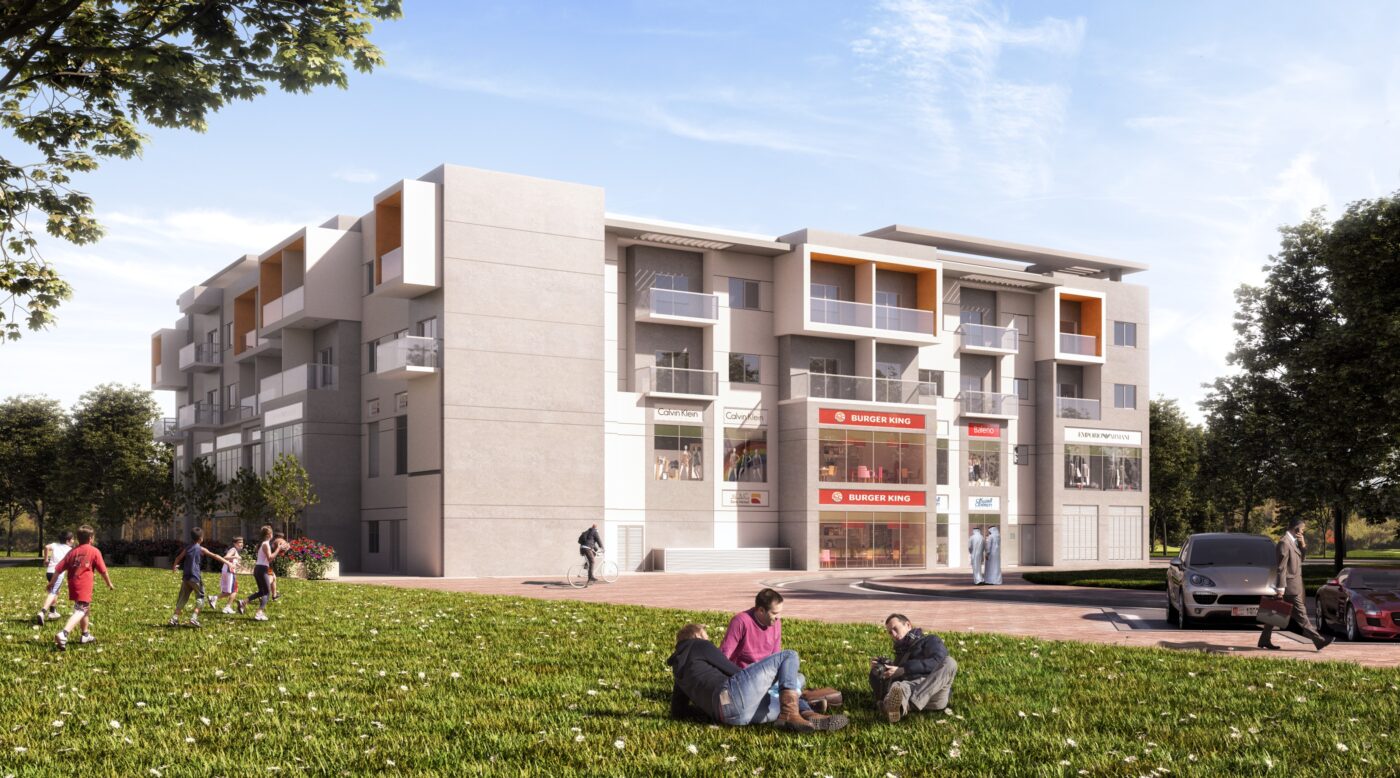
The flexibility to scale services up or down according to demand is another significant advantage of outsourcing 3D rendering. This scalability allows firms to take on larger projects or respond to an increase in demand without the time and cost associated with hiring and training new employees. It also mitigates risk, as firms can expand their capacity without committing to long-term overheads that might not be sustainable if market dynamics change. For firms looking to explore new markets or service offerings, outsourcing provides an opportunity to test these waters without full-scale investment, adjusting their resource use based on actual growth and success.
Outsourcing 3D architectural services not only enhances operational efficiencies and cost management but also enriches the quality and scope of architectural projects through access to global expertise and advanced technologies. By strategically utilizing outsourced services, architecture firms can focus on core competencies such as design and client engagement, positioning themselves for growth and innovation in a competitive marketplace.
In conclusion, outsourcing 3D architectural services is not just a practical solution for handling overflow or complex projects—it’s a strategic approach that can transform the way architectural firms operate. By embracing outsourcing, firms can leverage a wealth of global expertise and advanced technology without the associated overheads of expanding in-house capabilities. This model enhances flexibility, allowing firms to respond adeptly to industry fluctuations and client demands with tailored, high-quality renderings that accelerate the design approval process and enhance overall project delivery.

Furthermore, outsourcing enables firms to maintain a competitive edge by accessing a diverse range of rendering techniques and innovative solutions that might otherwise be out of reach. This strategic flexibility is invaluable in an industry driven by precision, innovation, and aesthetic quality. It allows firms to scale their operations efficiently, manage costs more effectively, and focus on their core competencies of architectural design and client relationships.
Ultimately, the decision to outsource 3D services is a forward-thinking move that aligns with the future of architectural design practices. It offers firms the ability to adapt to changing market conditions, embrace technological advancements, and meet the evolving expectations of clients with agility and excellence. For many firms, outsourcing is not just about managing resources; it’s about redefining what’s possible within the realm of architectural design and client service.
